The Best Companion Plants For Watermelon And Cantaloupe
Watermelons and cantaloupes are two of the most popular summer fruits, and for good reason. They're delicious, refreshing, and packed with vitamins and minerals. But growing these fruits can be challenging, as they're susceptible to a variety of pests and diseases. One way to help protect your watermelon and cantaloupe plants is to plant companion plants.
Companion planting is a gardening practice that involves planting certain plants together to benefit each other. Some companion plants can help attract beneficial insects, repel pests, or improve the soil quality. When choosing companion plants for watermelons and cantaloupes, it's important to consider the plants' needs and growth habits.
Here are some of the best companion plants for watermelons and cantaloupes:
- Marigolds: Marigolds are a great companion plant for watermelons and cantaloupes because they help to repel pests. They're particularly effective at deterring nematodes, which can damage the roots of these plants. Marigolds also add a splash of color to the garden.
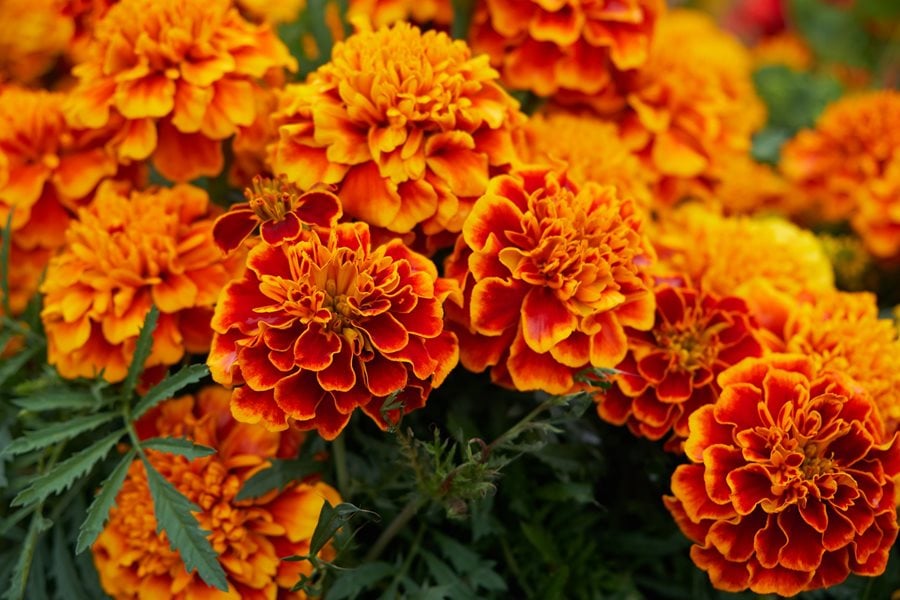
- Nasturtiums: Nasturtiums are another excellent companion plant for watermelons and cantaloupes. They help to attract beneficial insects, such as ladybugs and lacewings, which prey on pests. Nasturtiums also have a strong scent that deters some pests, such as aphids and whiteflies.
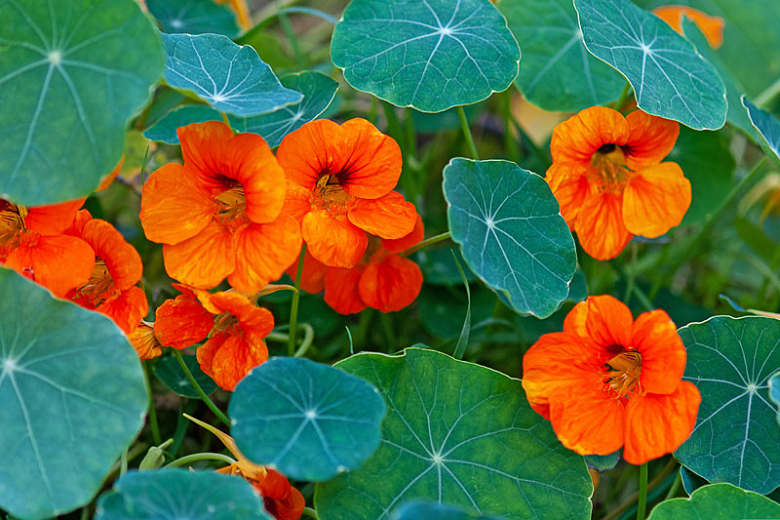
- Lettuce: Lettuce is a fast-growing crop that can be planted in between watermelon and cantaloupe vines. It helps to suppress weeds and provide some shade for the watermelon and cantaloupe plants. Lettuce is also a good source of nutrients, so it can help to improve the soil quality.
- Beans: Beans are nitrogen-fixing plants, which means they can help to improve the soil quality for watermelon and cantaloupe plants. They also provide shade for the watermelon and cantaloupe plants, and they can help to attract beneficial insects.
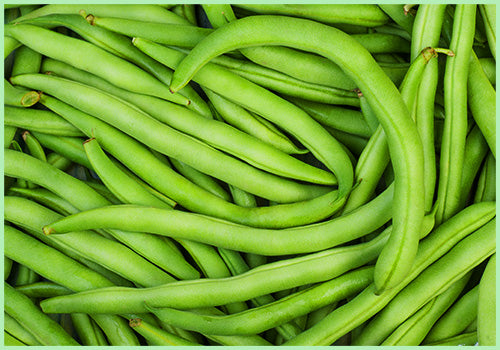
- Herbs: Many herbs, such as basil, oregano, and mint, make great companion plants for watermelons and cantaloupes. They help to repel pests and attract beneficial insects. They also add a touch of flavor to the watermelon and cantaloupe fruits.
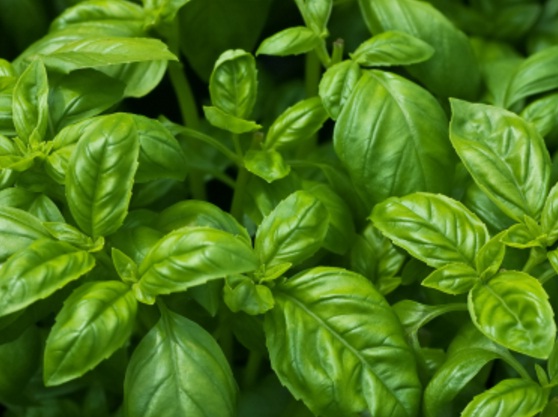
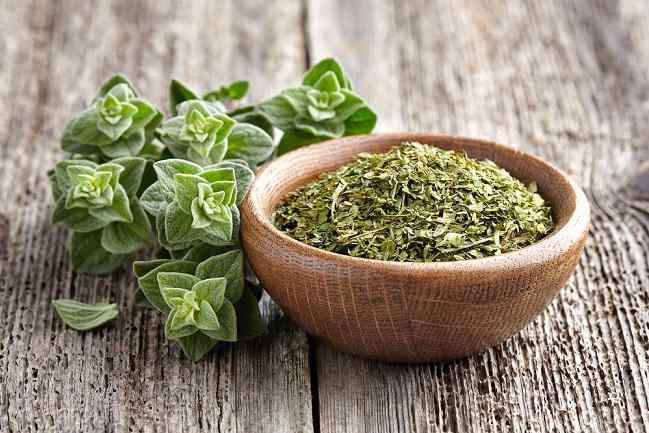
Here are some plants that you should avoid planting near watermelons and cantaloupes:
- Cucumbers: Cucumbers and watermelons are both members of the cucurbit family, and they can cross-pollinate. This can result in watermelons that are bitter or have a poor flavor.
- Squash: Squash is another member of the cucurbit family, and it should not be planted near watermelons. Cross-pollination can also occur, and squash can attract pests that also target watermelons.
- Potatoes: Potatoes and watermelons should not be planted near each other because they can compete for nutrients. Potatoes are also susceptible to a fungus called verticillium wilt, which can also affect watermelons.
By planting the right companion plants, you can help to protect your watermelon and cantaloupe plants from pests and diseases. You can also improve the soil quality and boost the production of these fruits. So next time you're planning your garden, be sure to consider companion planting.
Watermelons and cantaloupes are delicious summer fruits that are a joy to grow in the garden. But did you know that certain companion plants can help to improve their growth and yield?
For example, basil is a great companion plant for watermelons because it helps to repel whiteflies, which can be a major pest of these plants. Marigolds also make good companions for watermelons, as they help to attract beneficial insects and discourage pests.
If you're growing cantaloupes, you'll want to plant them near herbs like oregano, mint, and tansy. These herbs help to repel pests and attract pollinators, which are essential for cantaloupe production.
Of course, there are also some plants that you should avoid planting near watermelons and cantaloupes. These include cucumbers, squash, and potatoes, as they can attract the same pests and diseases.
For more information about companion planting for watermelons and cantaloupes, I recommend visiting Gardenia Inspiration. This website has a comprehensive guide to companion planting, as well as information on specific plants that are good or bad companions for these fruits.
FAQ of companion plants for watermelon and cantaloupe
- What are some good companion plants for watermelon and cantaloupe?
Some of the best companion plants for watermelon and cantaloupe include:
- Herbs: Basil, mint, oregano, tansy, and chamomile all help to repel pests that can damage watermelon and cantaloupe plants.
- Lettuce: Lettuce can help to suppress weeds and provide shade for the watermelon and cantaloupe plants during the hot summer months.
- Marigolds: Marigolds help to repel nematodes, which can damage the roots of watermelon and cantaloupe plants.
- Radishes: Radishes help to improve the soil quality and deter pests.
- Sunflowers: Sunflowers help to attract pollinators, which are essential for the pollination of watermelon and cantaloupe flowers.
- What plants should I avoid planting near watermelon and cantaloupe?
Some plants that you should avoid planting near watermelon and cantaloupe include:
- Cucumbers: Cucumbers and watermelon are both members of the cucurbit family, and planting them too close together can increase the risk of disease.
- Squash: Squash and watermelon are also both members of the cucurbit family, and planting them too close together can increase the risk of disease.
- Potatoes: Potatoes can compete with watermelon and cantaloupe for water and nutrients.
- Tomatoes: Tomatoes can attract the same pests as watermelon and cantaloupe, so planting them too close together can increase the risk of pest infestation.
- How do companion plants benefit watermelon and cantaloupe?
Companion plants can benefit watermelon and cantaloupe in a number of ways, including:
- Reducing the risk of pests and diseases: Some companion plants, such as marigolds and nasturtiums, help to repel pests that can damage watermelon and cantaloupe plants. Other companion plants, such as basil and mint, help to attract beneficial insects that can help to control pests.
- Improving the soil quality: Some companion plants, such as legumes, help to fix nitrogen in the soil, which can provide watermelon and cantaloupe plants with the nutrients they need to grow healthy.
- Attracting pollinators: Some companion plants, such as sunflowers and borage, attract pollinators, which are essential for the pollination of watermelon and cantaloupe flowers.
- Providing shade: Some companion plants, such as lettuce and spinach, can help to provide shade for watermelon and cantaloupe plants during the hot summer months.
- How far apart should I plant watermelon and cantaloupe?
Watermelon and cantaloupe plants need plenty of space to grow, so it is important to plant them far enough apart. The recommended spacing for watermelon plants is 3-4 feet, and the recommended spacing for cantaloupe plants is 2-3 feet.
- When should I plant watermelon and cantaloupe?
Watermelon and cantaloupe plants are warm-season crops, so they should not be planted until the soil has warmed to at least 65 degrees Fahrenheit. In most areas, this means planting watermelon and cantaloupe in the spring or early summer.

Post a Comment for "The Best Companion Plants For Watermelon And Cantaloupe"